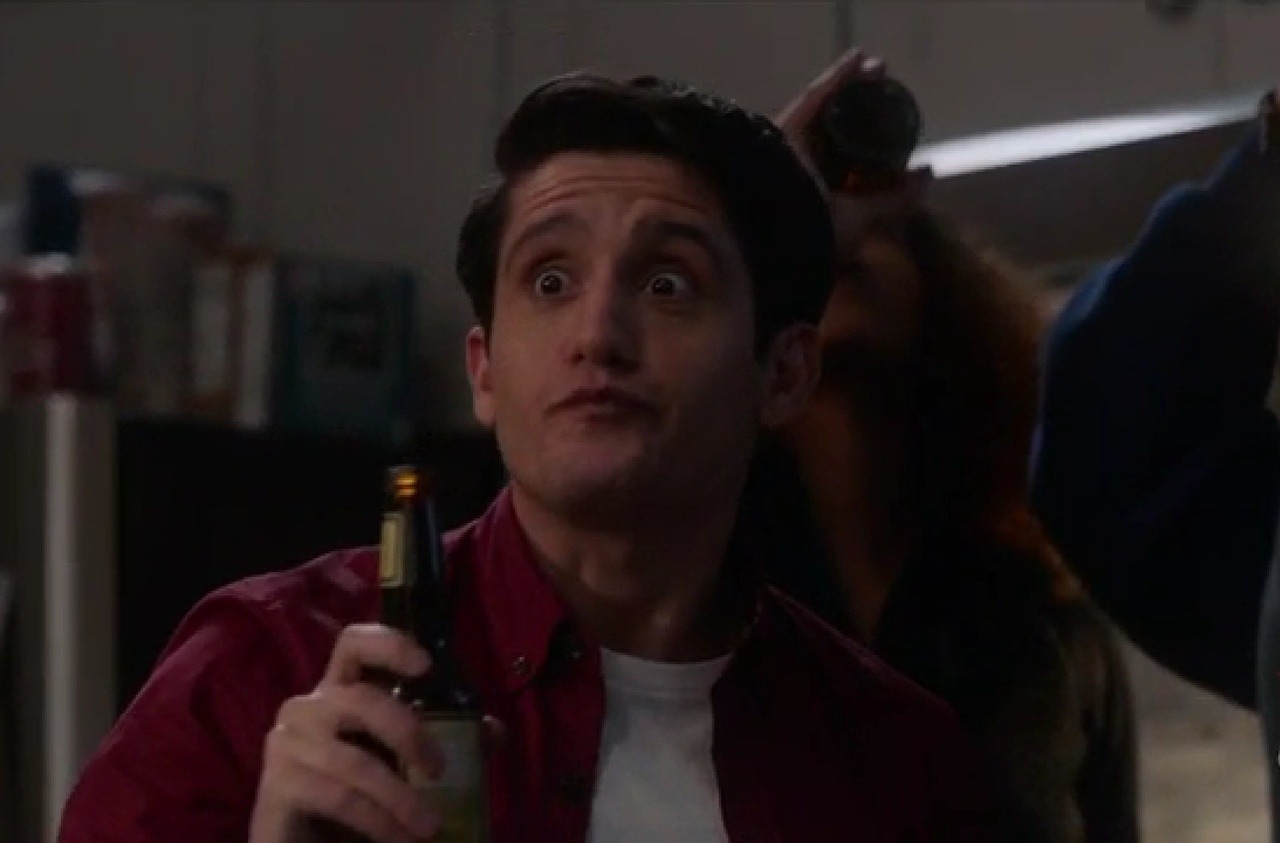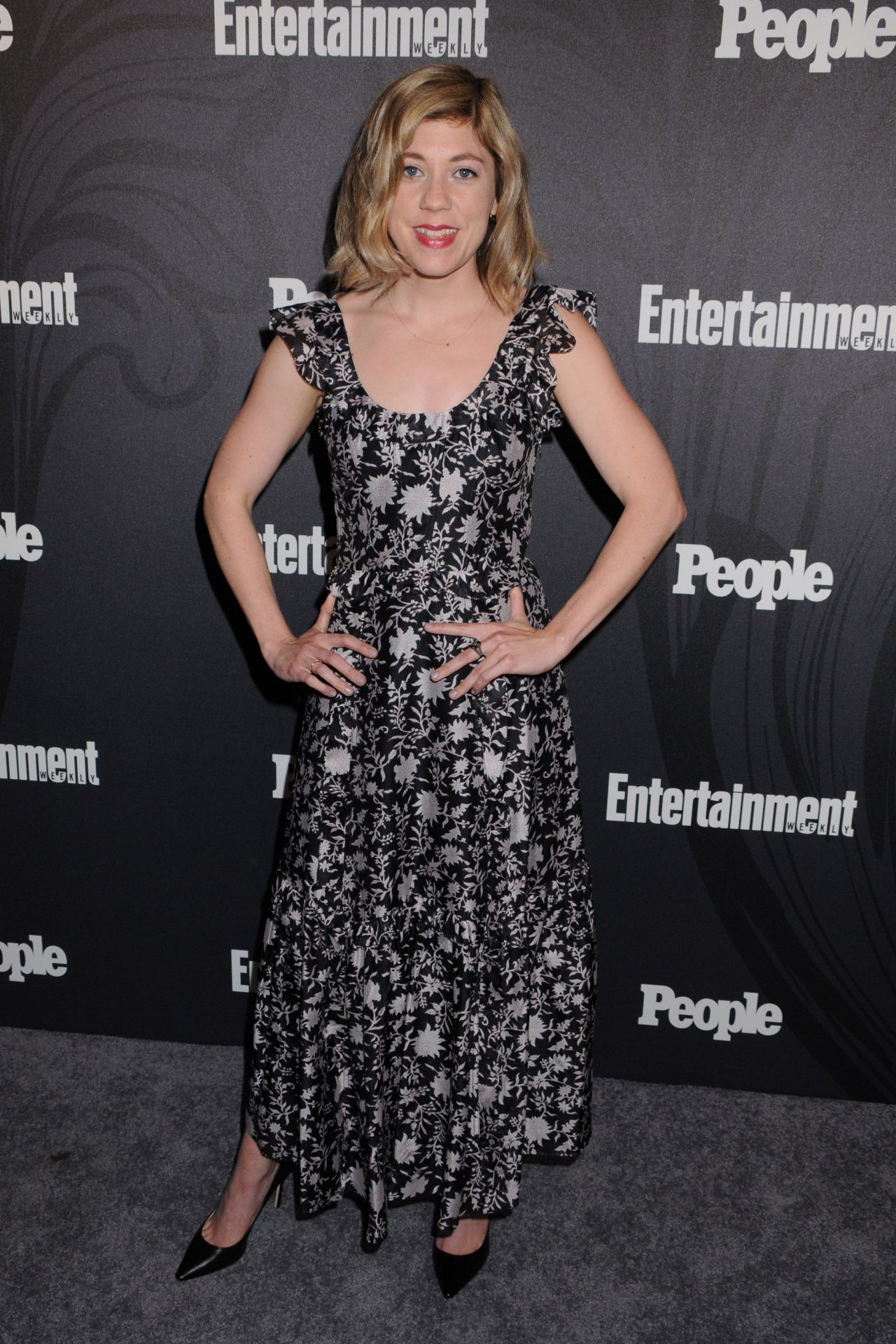


Called to meet Dowding, Leigh-Mallory explains that the " Big Wing" tactic takes time for form up, while Park complains that the tactic simply is not working. 12 Group is tasked with protecting 11 Group's airfields while 11 Group meets the enemy, but in raid after raid 12 Group aircraft are nowhere to be seen. A gruelling battle of attrition ensues, with the RAF airfields under repeated attack while inflicting heavy, but non-critical, damage on the attacking forces.Īdding to the RAF's problems is a battle between the commanding officers of 11 Group, Keith Park, and 12 Group, Trafford Leigh-Mallory. Two radar stations at Ventnor and Dover are put out of action and a number of British airfields are damaged or destroyed, but British losses are relatively light. The plan is to destroy the RAF on the ground before they have time to launch their Spitfire and Hurricane fighters.Įagle Day proves highly successful, with attacks on British radar installations by Stuka dive bombers. The campaign begins with the Luftwaffe launching an early morning assault on " Eagle Day". The wait finally ends when Luftwaffe pilots receive orders to move to the front, where troops are preparing for a sea-borne invasion. In England, commanders celebrate their good fortune, using the delay to build up their strength and continually train their pilots and ground controllers. and even then we won't listen", is followed by a private comment to his wife that von Richter is probably correct. Kelly's brave retort, "Don't threaten or dictate to us until you're marching up Whitehall. In neutral Switzerland, the German ambassador, Baron von Richter, officially proposes new peace terms to his British counterpart, Sir David Kelly, stating that continuing to fight the "masters" of Europe is hopeless. Luftwaffe commanders are stunned when the Führer informs them that the British are not their "natural enemy" and delays their attack while attempting a diplomatic settlement. Hundreds of Heinkel He 111 bomber aircraft are stationed under Luftwaffe General Kesselring's command. The Battle of Britain is about to begin." Luftwaffe Inspector-General Field Marshal Milch arrives to inspect a large German airfield in captured France. In the next dramatic scene, French civilians watch in grim despair as a convoy of German troops marches into France and takes control.Īt the deserted beaches of Dunkirk, the BBC reports British Prime Minister Winston Churchill's declaration that "what General Weygand called the 'Battle of France' is over. RAF Air Chief Marshal Hugh Dowding, realising that an imminent invasion of Great Britain will require every available aircraft and airman to counter it, stops additional aircraft being deployed to France so that they are available to defend Britain. The pilots, along with British and French military, leave just as German aircraft arrive and execute a heavy strafing attack. ( February 2023) ( Learn how and when to remove this template message)ĭuring the Battle of France in June 1940, RAF pilots evacuate a small airfield in advance of the German Blitzkrieg. Please help improve it by removing unnecessary details and making it more concise. This article's plot summary may be too long or excessively detailed. It was on a far larger scale than had been seen on film before, and this made the film's production very expensive. The film is notable for its spectacular flying sequences. The film endeavoured to be an accurate account of the Battle of Britain, when in the summer and autumn of 1940 the British RAF inflicted a strategic defeat on the Luftwaffe and so ensured the cancellation of Operation Sea Lion, Adolf Hitler's plan to invade Britain. The script by James Kennaway and Wilfred Greatorex was based on the book The Narrow Margin by Derek Wood and Derek Dempster. It also starred Michael Caine, Christopher Plummer, and Robert Shaw as Squadron Leaders. The film drew many respected British actors to accept roles as key figures of the battle, including Laurence Olivier as Air Chief Marshal Sir Hugh Dowding, Trevor Howard as Air Vice-Marshal Keith Park, and Patrick Wymark as Air Vice-Marshal Trafford Leigh-Mallory. The film documents the events of the Battle of Britain. Battle of Britain is a 1969 British war film directed by Guy Hamilton, and produced by Harry Saltzman and S.


 0 kommentar(er)
0 kommentar(er)
